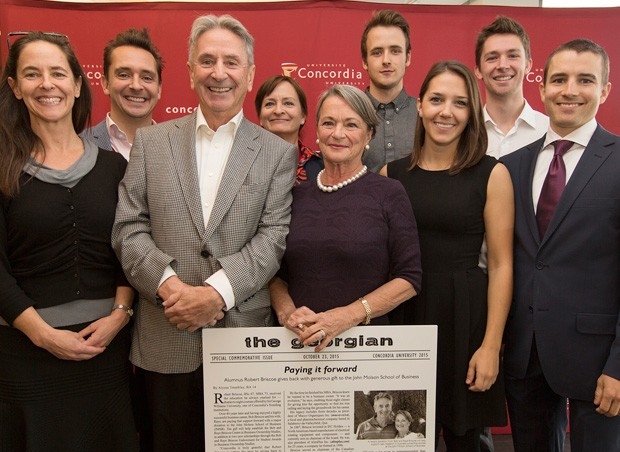Meet our expert
Silvia Ugolini works with accountants, lawyers, notaries, trust officers, insurance advisors, investment professionals and financial planners to help people attain their personal, commercial and philanthropic objectives.
Silvia is principal director of Planned Giving at Concordia. She can be reached at silvia.ugolini@concordia.ca or 514-848-2424, ext. 8945.
 A shared experience: Raye Briscoe and husband Robert Briscoe, BSc 67, MBA 73, have made giving back a family value. They are seen here with their children and grandchildren during a 2015 celebration of their support for the John Molson School of Business.
A shared experience: Raye Briscoe and husband Robert Briscoe, BSc 67, MBA 73, have made giving back a family value. They are seen here with their children and grandchildren during a 2015 celebration of their support for the John Molson School of Business.
 Silvia Ugolini
Silvia Ugolini